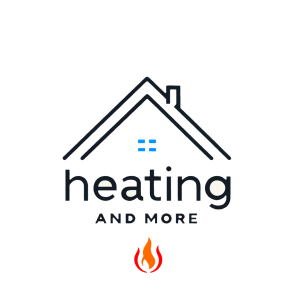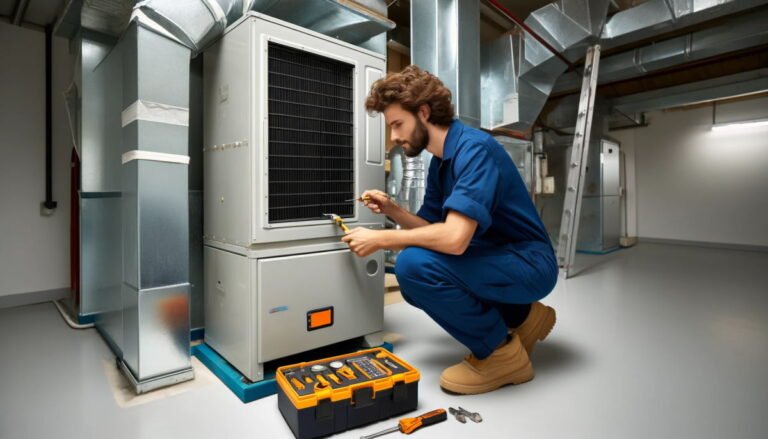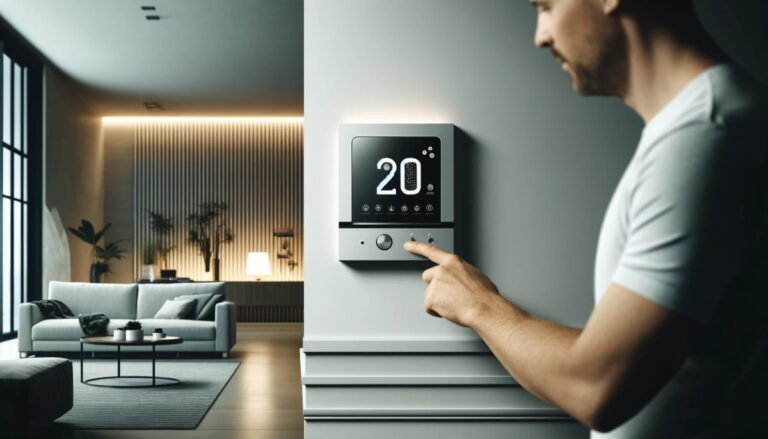5 Essential Signs It’s Time to Replace Your Heat Pump – Expert Tips
When is the best time to replace your heat pump – before it fails or after?
Deciding on the optimal moment to upgrade your heating and cooling system can save you not only discomfort but also money. A well-timed replacement ensures that you avoid the sudden disruptions that come with a failing unit and capitalizes on the efficiency of newer models.
In this article, we will explore several key indicators that signal when to consider replacing your heat pump, helping you make an informed decision without the pressure of an emergency situation.
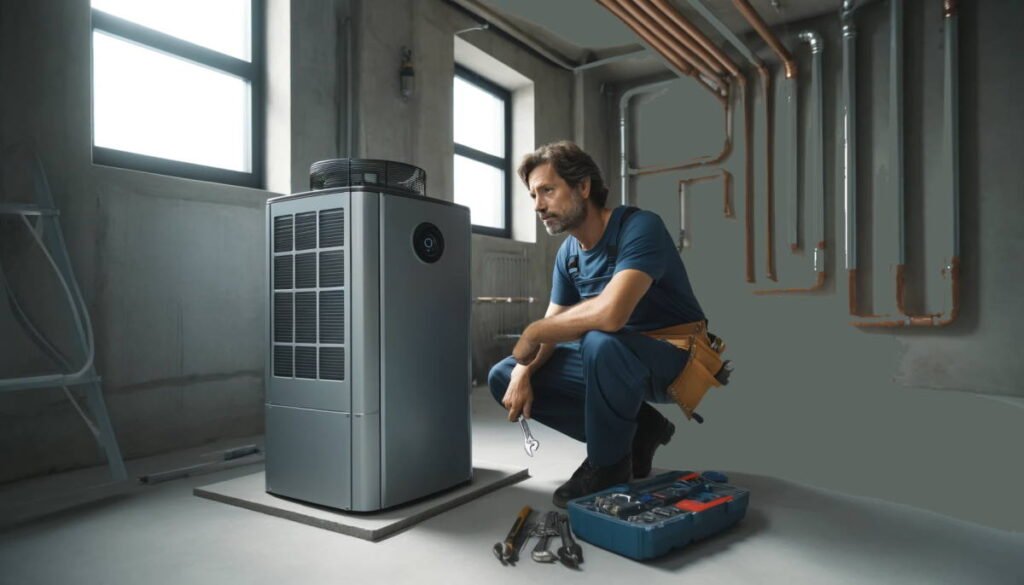
How To Replace Your Heat Pump: 5 Warning Signs
- Constant or Costly Repairs
- Increased Energy Bill
- Inadequate Heating or Cooling
- Excessive Leaks or Moisture Issues
- Your Unit is Old
Constant or Costly Repairs
It’s normal for a heat pump to require occasional repairs. However, if you find yourself calling the technician more often than usual, take note. Ideally, the system should not need servicing more than twice a year: once before the cold season and once before the warm season begins, as the heat pump is likely to be used throughout the year.
You might occasionally need a technician for additional service or minor repairs. However, frequent repairs, especially as the unit ages, indicate it might be time for a replacement.
Even if the system is only a few years old but repairs are becoming very expensive, this is a clear sign it needs replacing. It’s not worth pouring your hard-earned money into an aging unit when you could invest in a new one. Some of these costly repairs (in 2023) might involve:
- Compressors: These are typically the most expensive parts to replace, often costing upwards of $1,000.
- Blower Motors: These can cost between $400 and $700 to change.
- Evaporator Coils: Depending on the model, replacing an evaporator coil can cost between $600 and $1,200.
- Control Boards: The electronic brain of your heat pump, replacement can range from $200 to $600.
- Ductwork Modifications: Problems in the ductwork can lead to inefficiencies and may require partial replacement, which can be costly depending on the extent of the issue.
It’s worth noting that a service call can cost up to $200, and replacing a component might take several hours of labor. However, for some, this cost is justified.
Increased Energy Bill
One of the primary advantages of heat pumps is their efficiency-saving you money.
However, as a heat pump ages, its efficiency naturally declines, causing it to consume more energy to maintain the same levels of heating or cooling. This inefficiency can manifest as unexpectedly high energy bills, which is a clear indication that the pump may be nearing the end of its useful life.
If you notice your energy bills creeping up without a corresponding increase in usage or utility rates, it’s time to investigate. An energy audit by a professional can help you determine if the heat pump is the culprit, and whether upgrading to a newer model would be cost-effective and environmentally prudent.
Inadequate Heating or Cooling
One common problem that may emerge after several years of using a heat pump is a reduction in its effectiveness in heating or cooling. While the system may still circulate air, it might not produce the desired level of heat or cold air.
For instance, if the heat pump emits cold air when set to heat mode or warm air in cool mode, this indicates a potential malfunction that needs attention.
The first troubleshooting step should be to check and replace the air filters if necessary. Dirty or clogged filters can significantly affect performance. If the filters have been recently replaced and the unit has been serviced yet the issue persists, it likely indicates that the system needs to be changed.
Many households use heat pumps in conjunction with another heating source, such as a furnace. If you observe that a substantial amount of heating is being provided mostly by the furnace, it suggests that the heat pump is not contributing effectively to the home’s temperature management.
Additionally, a noticeable decrease in airflow could be another sign of trouble. If the thermostat is set to a warm temperature, but the rooms remain uncomfortably cold, the heat pump may not be operating at peak efficiency.
Do not overlook these issues. Conduct a thorough inspection and, if necessary, consider ordering a new unit. This proactive approach ensures you are not left without adequate heating or cooling if your heat pump unexpectedly fails.
Excessive Leaks or Moisture Issues
It’s normal for heat pumps to release a small amount of condensation or moisture outside the house. Observing some water dripping from the unit externally is not usually cause for concern. However, extensive condensation outside or any leakage inside the house indicates a more serious issue.
Water leakage inside your home suggests a malfunction in the condenser unit. It’s crucial to address this immediately by contacting a repair service to prevent potential damage to your belongings. Similarly, if you notice an increase in the amount of water dripping externally, this should not be ignored. Excessive moisture or leaks are signs of underlying problems with the heat pump’s functionality.
While increased condensation or internal leaks do not always necessitate the replacement of the heat pump, they do signal the need for prompt professional assessment, especially if the unit is several years old and showing other signs of wear. It’s wise to have a technician inspect the system as soon as possible. Based on their evaluation, you may need to prepare for the possibility of replacing the unit.
Age of the Unit
It might be tempting to keep a 10-year-old heat pump that is still operational, adopting the mindset of “if it isn’t broken, don’t fix it.” However, unlike gas furnaces or other HVAC systems, heat pumps operate year-round. Consequently, a heat pump that has been running continuously for a decade is likely nearing the point where it will require frequent repairs.
Moreover, according to EnergyStar.gov, it is advisable to replace heat pumps that are over 10 years old and not as effective as they used to be. Investing in a high-efficiency unit that is Energy Star rated could reduce your heating costs by up to 20%.
While your older heat pump might still be functioning, it’s important to consider that it could be incurring higher energy costs. Essentially, you are relying on a system that could fail unexpectedly.
Therefore, now is an opportune time to begin exploring replacement options for your heat pump, ensuring continued efficiency and reliability in your home’s heating and cooling.
Conclusion
Heat pumps are remarkably reliable, especially when you invest in a high-quality model and adhere to regular maintenance schedules. These systems can serve your heating and cooling needs efficiently for many years. However, like all mechanical systems, a heat pump will eventually require replacement to ensure optimal performance and energy efficiency.
If you observe any of the warning signs discussed, it is crucial to replace your heat pump without delay, having your technician inspect the system. Proactive replacement is key to avoiding the inconvenience of sudden system failure.
Invest in an Energy Star-rated unit to benefit from higher efficiency and significant savings on energy costs. This step not only enhances the comfort of your living space but also contributes to environmentally responsible energy use.
More About Heat Pumps
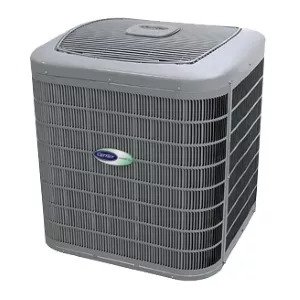
Heat Pump Not Cooling? Here’s What You Need to Know
Heat pumps are essential not only in the winter for heating our homes but also in the summer to cool…

Compare Ductless Mini-Split Heat Pumps vs. Window Heat Pumps: Which Is Right for You?
In this article, we are going to look at ductless mini-split heat pumps vs. window heat pumps, examine how each…

Explore the Differences: How Ductless vs. Ducted Heat Pumps Compare
Deciding between ductless vs. ducted heat pumps is as easy as planning a holiday. You know it’s going to cost…
